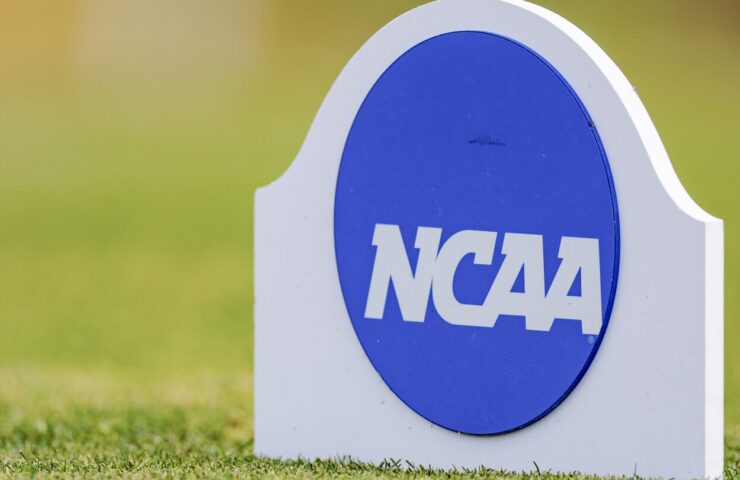
Universities cutting sports, others adding ahead of $2
Over the past three months, a growing variety of universities have actually included or dropped whole sports programs on the eve of remarkable modifications coming to college athletics under the $2.8 billion NCAA settlement.UTEP dropped ladies’s tennis, Cal Poly discontinued swimming and diving, Marquette added females’s swimming and Grand Canyon shuttered a traditionally dominant males’s volley ball program. It was an excessive set of decisions that appears to provide no pattern except one: Every school is facing an option on which programs to continue as soon as the cash truly begins flowing.While top-tier athletes in high-revenue sports like football and basketball can eagerly anticipate robust settlement from their university for making use of their name, image and similarity, there is widespread uncertainty for professional athletes in the so-called non-revenue sports where tens of thousands of professional athletes contend mostly under the radar.For them, harsh cuts are a frightening new reality as athletic departments weigh more than ever before which sports
make one of the most sense to support economically; each school will have the ability to share as much as$20.5 million with professional athletes next year but top entertainers and profits attracts the big sports will require the most to keep them out of the transfer portal.Under-the-radar sports programs are expected to take the back seat at lots of schools. Patrick Rishe, executive director of the sports business program at Washington University, stated college sports is just at the beginning of a slew of choices
schools will have to make as a result of the settlement. “There is going to be more competitive pressure on all universities to step up or else they’ll fall behind,”Rishe said.” So when you’re faced with that obstacle,
particularly at the mid-majors or smaller Department I schools, then you’ve got to ask yourself, does it make good sense to continue to bring particular programs?” Programs at danger Universities were struck difficult financially throughout the pandemic and sports were affected. In June 2020, for example, UConn revealed that it was dropping four sports to save cash, a decision that affected more than 120 athletes.Sports programs come and go, subject to budget issues or competitive issues and wishes. The speed appears to have actually picked up ahead of the sweeping changes of the NCAA settlement.Among the additions: ladies’s golf(St. Bonaventure and UT Arlington), stunt(Eastern
New Mexico)and ladies’s swimming at Marquette, a Big East school with a top guys’s basketball program but without football considering that 1960. Among the cuts: ladies’s tennis(UTEP), guys’s
beach ball (Grand Canyon)and the swimming and diving programs with almost 60 professional athletes at Cal Poly. Saint Francis, fresh off a March Insanity appearance by it’s males’s basketball team, announced it will move from Division I to
Division III over the next year, citing “realities like the transfer website, pay-for-play and other shifts that move athletics away from love of the game. “UTEP mentioned”approaching modifications to college sports, including earnings sharing and lineup caps.” Cal Poly stated the House settlement will result”in a loss of at least $450,000 per year for our programs.”The essential difference from the pandemic-related cuts, Rishe said, is that they are not caused by a loss of earnings but a boost in expenses.Behind the decisions As schools wrestle with the prospect of eliminating sports, Rishe stated he believes some programs are more secure than others. He pointed to Title IX, the federal law focused on making sure gender equity.” I would think that the sports that are probably going to be cut are going
to be guys’s sports, and I
do not say that with malice,”he stated. “If you’re attempting to remain certified with Title IX, I don’t know how non-revenue males’s sports aren’t the sports that are more apt to be gotten rid of.
“The canceling will be various at every school. Radford just recently announced it will drop men’s and women’s tennis however include females’s flag football as a club sport and bolster its alternatives for male runners.At Marquette, athletic director Mike Broeker said the decision to add a ladies’s swim team was years in the making and based upon demographics.”I think it’s independent of what’s happening in college sports right now and more about strengthening our position, “he said. “More females are going to college than males, which develops differentiation. We want to ensure we’re providing a sports program portfolio that fulfills our students ‘interests based upon our student population.” What’s to come from a future so uncertain that some schools are ending years of custom? Rishe said absolutely nothing is off the table. “It might sound crazy, it may have sounded crazy ten years back, today it seems anything is possible,”Rishe stated.”I believe you could see a day where your top 30 or 40 universities economically are going to break off and form their own entity, leaving the rest of Department I to basically be their own class. I really do see that as a reality.”
